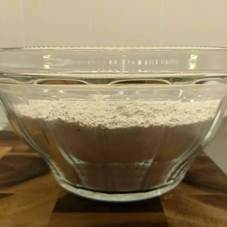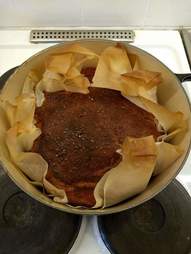For the past two weeks I've mostly been baking bread. I'm not sure what made me decide to make some the first time, but it actually turned out pretty good so I've been doing every day or two ever since.
This is the first time I've made bread in the past 20 years or so - I recall in the past I got frustrated that it never rose, or didn't turn out well. I can't see that I'm doing anything differently, so I'll just write it off as younger-Steve being daft!
No doubt I'll get bored of the delicious bread in the future, but for the moment I've got a good routine going - juggling going to the shops, child-care, and making bread.
Bread I've made includes the following:
Beyond that I've spent a little while writing a simple utility to embed resources in golang projects, after discovering the tool I'd previously been using, go-bindata, had been abandoned.
In short you feed it a directory of files and it will generate a file static.go with contents like this:
files[ "data/index.html" ] = "<html>.... files[ "data/robots.txt" ] = "User-Agent: * ..."
It's a bit more complex than that, but not much. As expected getting the embedded data at runtime is trivial, and it allows you to distribute a single binary even if you want/need some configuration files, templates, or media to run.
For example in the project I discussed in my previous post there is a HTTP-server which serves a user-interface based upon bootstrap. I want the HTML-files which make up that user-interface to be embedded in the binary, rather than distributing them seperately.
Anyway it's not unique, it was a fun experience writing, and I've switched to using it now:











